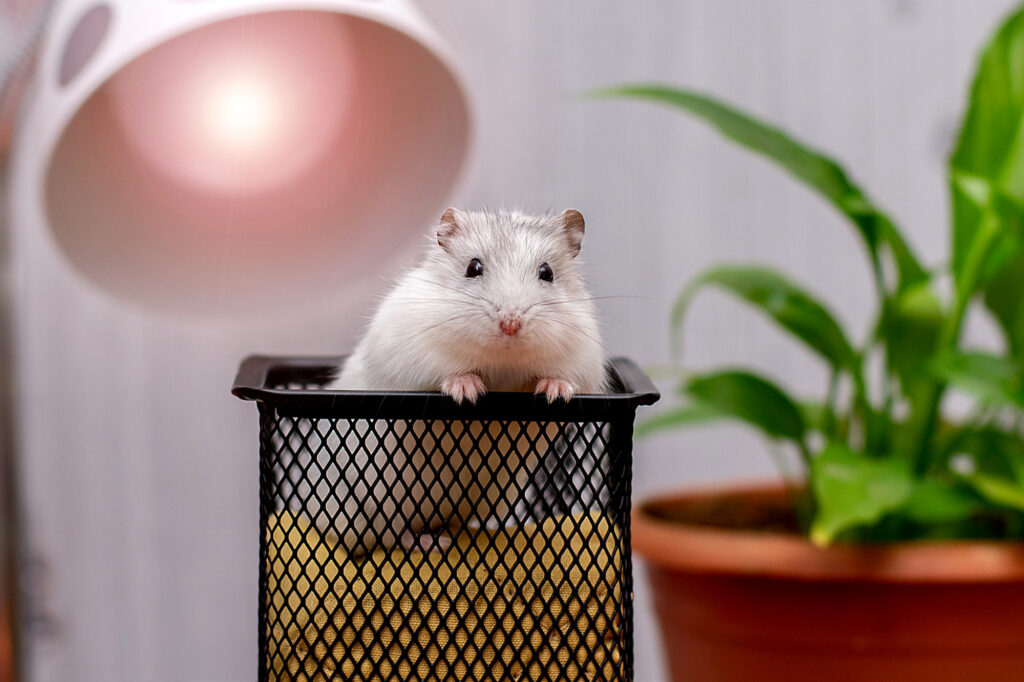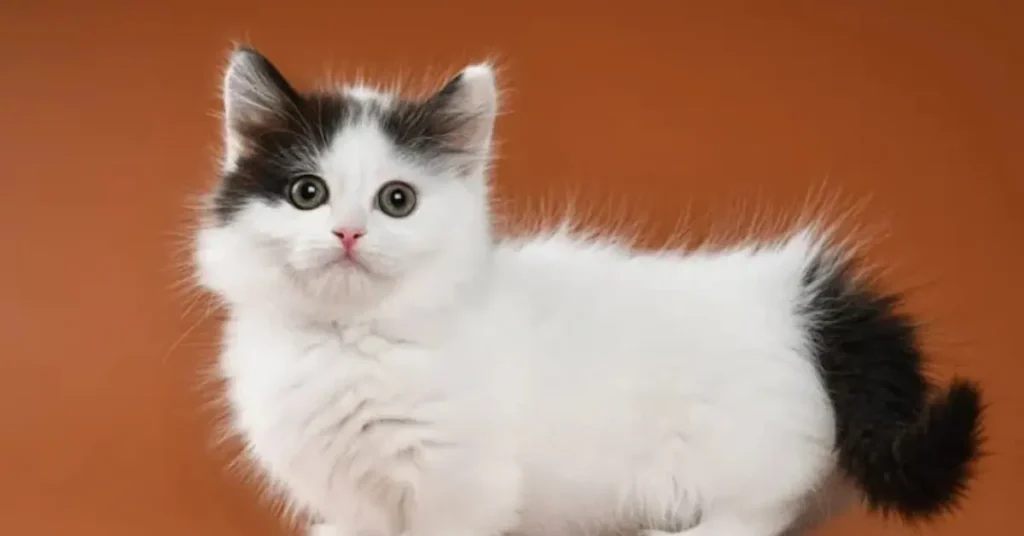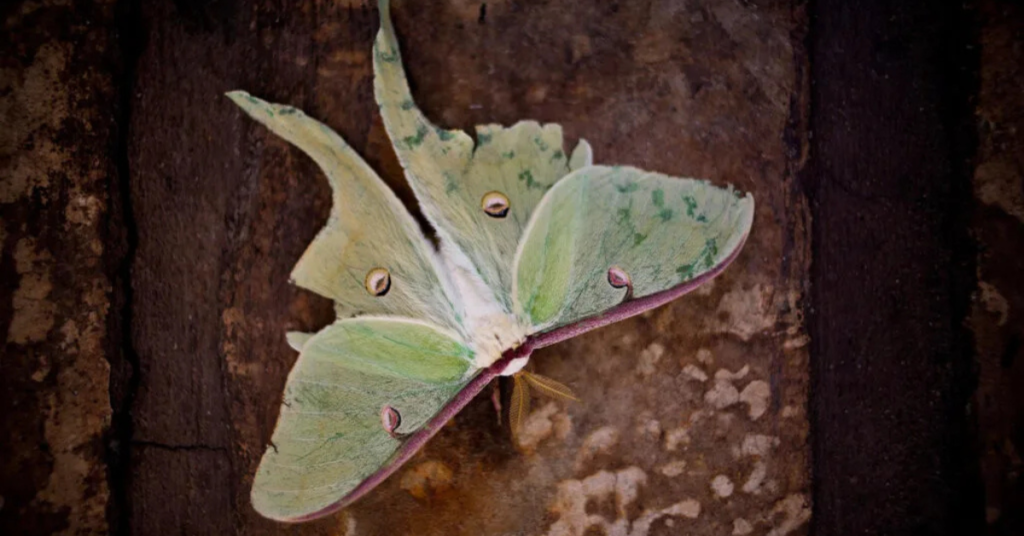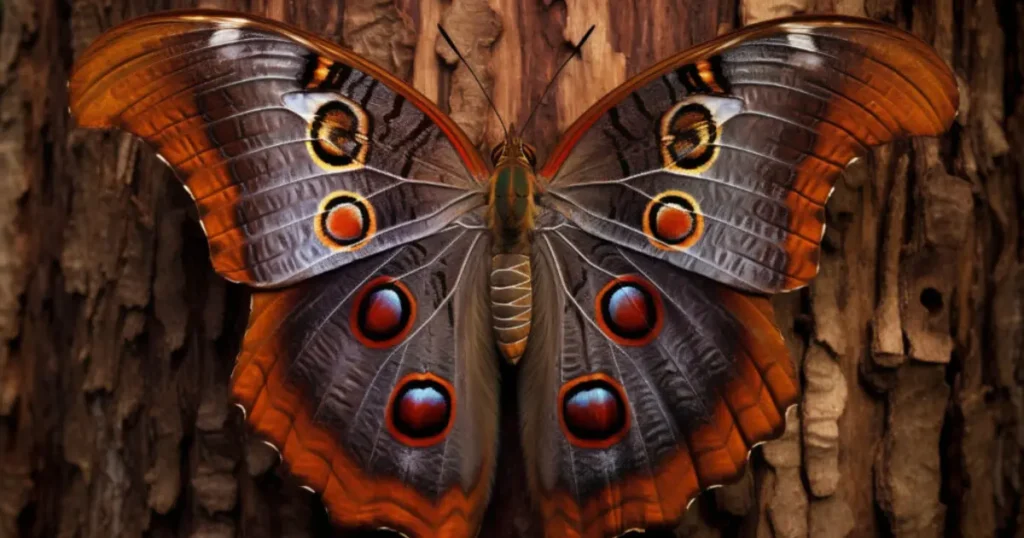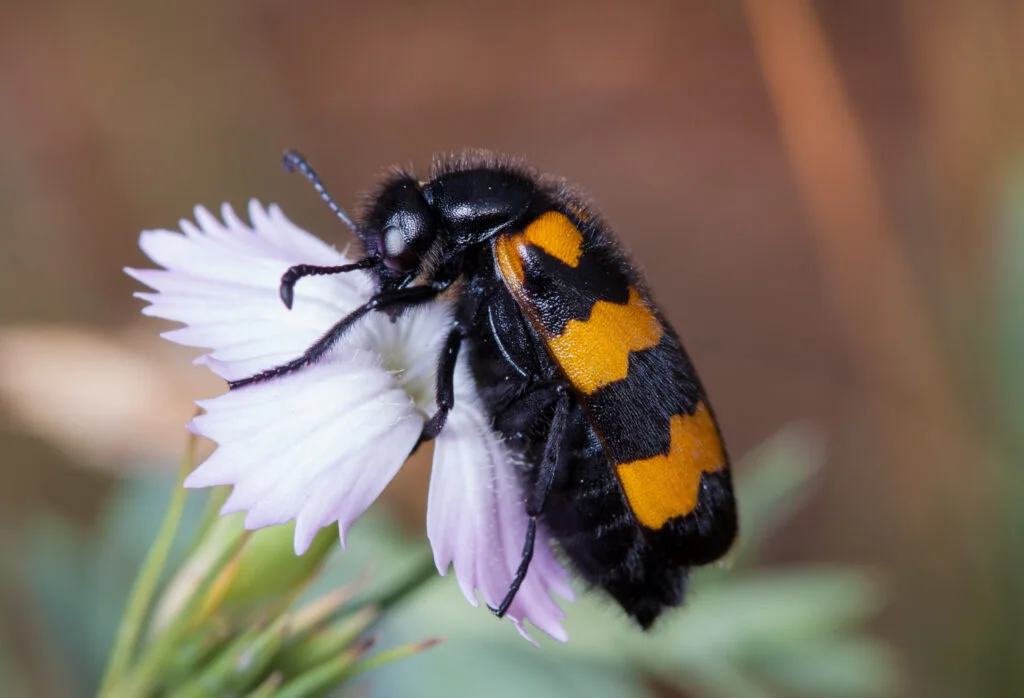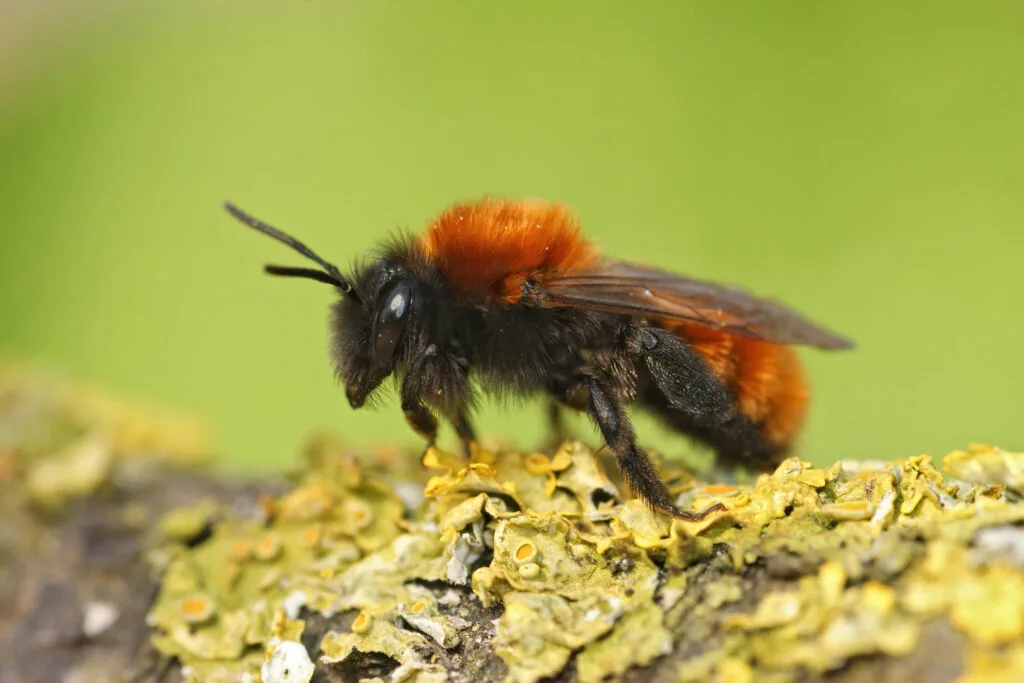The Russian Dwarf Hamster is a small, social, and playful pet that is perfect for both beginner and experienced pet owners. Known for their compact size, unique fur patterns, and friendly nature, these hamsters are a favorite among rodent lovers. However, taking care of them properly requires knowledge about their behavior, diet, habitat, and health concerns. This guide will provide everything you need to know about the Russian Dwarf Hamster, ensuring your furry friend lives a happy and healthy life.
Table of Contents
ToggleWhat is a Russian Dwarf Hamster?
The Russian Dwarf Hamster is a term used to describe two species of small hamsters:
- Winter White Dwarf Hamster (Phodopus sungorus) – Also called the Siberian hamster, this breed is famous for its ability to change fur color in winter, turning white in response to colder temperatures.
- Campbell’s Dwarf Hamster (Phodopus campbelli) – More commonly found as a pet, this hamster does not change color and comes in a variety of shades, including gray, white, and sandy brown.
Both species belong to the Phodopus genus and are closely related in terms of size and behavior. They are often mistaken for each other due to their similar appearance.
Physical Characteristics
Size and Weight
The Russian Dwarf Hamster is one of the smallest pet hamsters, measuring 3-4 inches (7-10 cm) in length and weighing between 1-2 ounces (30-60 grams). Their small size makes them ideal for compact living spaces.
Color Variations
- Winter White Dwarf Hamsters: Grayish-brown coat in summer, turning white in winter.
Campbell’s Dwarf Hamsters: Available in various colors, including gray, beige, albino, and black.
Lifespan
The Russian Dwarf Hamster has a lifespan of 1.5 to 3 years. While relatively short-lived, proper diet, exercise, and healthcare can help maximize their longevity.
Habitat and Cage Requirements
Choosing the Right Cage
A spacious and secure cage is essential for your Russian Dwarf Hamster. Here’s what you need:
- Minimum size: 24″ x 12″ (60cm x 30cm) to allow enough space for movement.
- Solid base: Prevents foot injuries.
- Well-ventilated: Wire cages with a solid bottom or large glass tanks with mesh tops work best.
- Escape-proof design: Russian Dwarf Hamsters are small and can squeeze through tiny gaps.
Best Bedding Options
Proper bedding keeps your hamster comfortable and absorbs waste efficiently. Ideal bedding materials include:
- Aspen shavings (safe and natural)
- Paper-based bedding (soft and absorbent)
- Hemp bedding (dust-free and eco-friendly)
Avoid cedar and pine shavings as they release harmful oils that can cause respiratory problems.
Essential Cage Accessories
To create a stimulating environment for your Russian Dwarf Hamster, add:
- Exercise wheel (minimum 6-inch diameter, solid surface to prevent injuries)
- Tunnels and hideouts (for burrowing and security)
- Chew toys (to maintain dental health and prevent boredom)
- Food dish and water bottle (easy-to-clean, spill-proof)
Diet and Nutrition
What Do Russian Dwarf Hamsters Eat?
A balanced diet is essential for their health. The ideal diet includes:
- High-quality hamster pellets – Specially formulated for dwarf hamsters.
- Seed mixes – Ensure variety but avoid excess sunflower seeds, as they are high in fat.
- Fresh vegetables – Carrots, broccoli, spinach, and cucumber (in moderation).
- Protein sources – Boiled eggs, mealworms, and plain cooked chicken.
- Occasional treats – Nuts, oats, and sugar-free cereals.
Foods to Avoid
Certain foods can be harmful to your Russian Dwarf Hamster, including:
- Chocolate and sweets
- Onions and garlic
- Citrus fruits
- Processed foods
- Salty or spicy foods
Behavior and Personality
Social Nature
Unlike Syrian hamsters, Russian Dwarf Hamsters can sometimes be kept in pairs or small groups if introduced properly. However, there is a risk of territorial disputes, so careful monitoring is necessary.
Activity Levels
- Nocturnal but active during the day – They sleep in short cycles and may be active in the morning and evening.
- Energetic and curious – Require plenty of exercise and enrichment.
- Tunneling instinct – Enjoy burrowing and creating nests.
Handling and Taming
To build trust with your Russian Dwarf Hamster:
- Let them settle – Avoid handling for the first few days after bringing them home.
- Use slow movements – Sudden actions may startle them.
- Offer treats from your hand – Helps establish positive associations.
- Gradually handle them – Short, gentle handling sessions prevent stress.
Health and Common Illnesses
Common Health Issues
- Diabetes – Common in dwarf hamsters; avoid sugary treats.
- Obesity – Caused by overfeeding and lack of exercise.
- Wet Tail – A bacterial infection leading to severe diarrhea; requires immediate vet care.
- Respiratory Issues – Often caused by poor bedding choices.
Signs of Illness
Look out for these symptoms:
- Lethargy and excessive sleeping
- Loss of appetite
- Weight loss
- Labored breathing
- Unusual lumps or bald patches
Breeding and Reproduction
Mating and Pregnancy
- Russian Dwarf Hamsters reach sexual maturity at 4-5 weeks.
- Gestation lasts 18-21 days.
- A typical litter consists of 4-6 pups, but can be up to 10.
Caring for Baby Hamsters
- Do not touch newborns for two weeks.
- Ensure the mother has ample food and nesting materials.
- Separate males after birth to avoid stress and re-breeding.
Pros and Cons of Owning a Russian Dwarf Hamster
Pros:
- Small and easy to care for
- Can live in pairs (if introduced correctly)
- Active and entertaining
- Requires minimal space
Cons:
- Short lifespan (1.5 to 3 years)
- Can be fast and difficult to handle
- Prone to diabetes and obesity
Conclusion
The Russian Dwarf Hamster is an excellent pet for both beginners and experienced owners. Their small size, playful behavior, and relatively simple care requirements make them a great choice for those looking for a fun and interactive companion. By providing a proper diet, a comfortable habitat, and plenty of social interaction, you can ensure a happy and healthy life for your furry friend.

